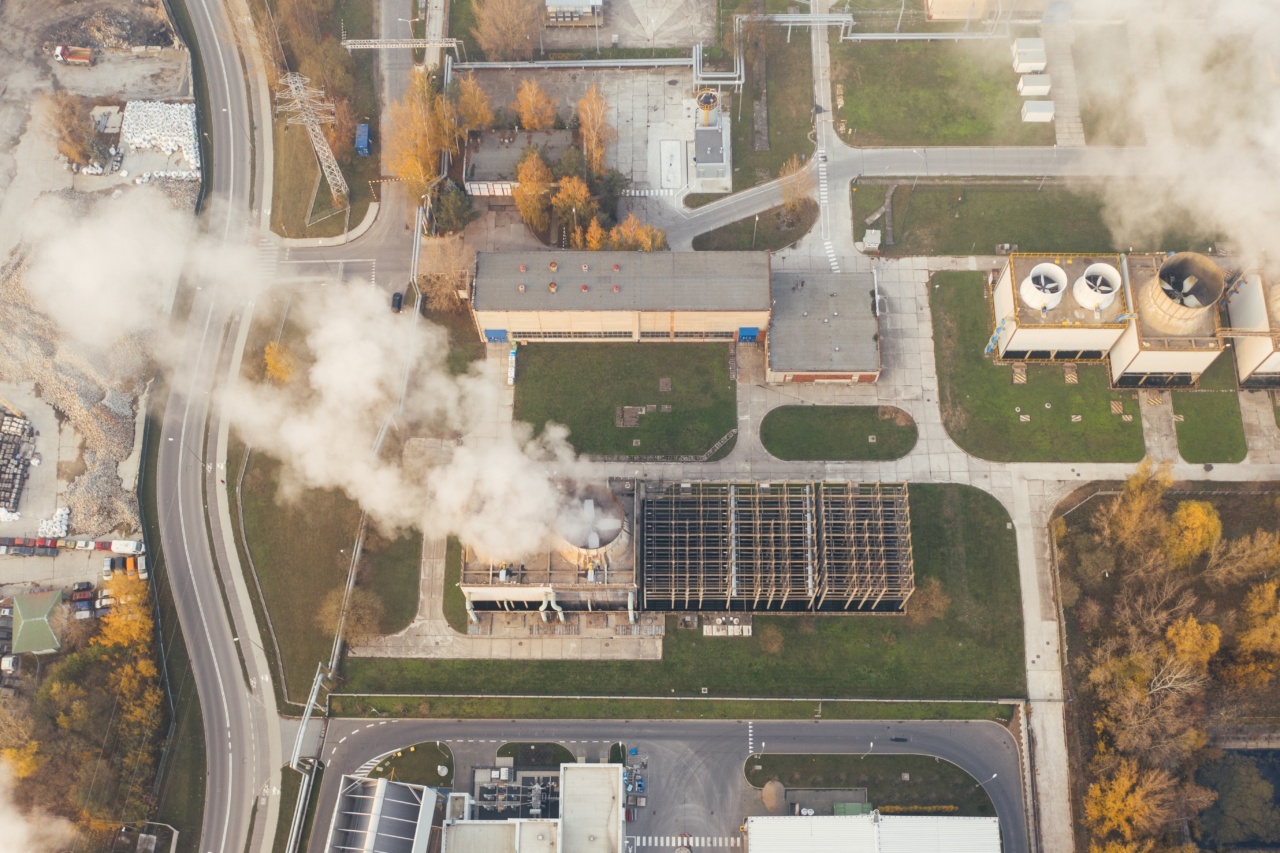Air pollution is a significant environmental problem affecting the world’s population on a global scale. It poses serious health risks to the respiratory and cardiovascular systems.
Emphysema is a lung disease that is caused by long-term exposure to air pollutants or smoking. It is a chronic pulmonary disease that affects millions of people worldwide. According to the World Health Organization (WHO), it estimates that 3 million deaths are caused by outdoor air pollution each year.
What is Emphysema?
Emphysema is a chronic lung disease that damages the tiny air sacs in the lungs, making it progressively harder to breathe. The main cause of emphysema is smoking.
However, non-smokers who live in areas with high levels of air pollution also have an increased risk of developing emphysema. The disease is characterized by shortness of breath, wheezing, coughing, and tightness in the chest.
How Does Air Pollution Affect Emphysema?
Air pollution is made up of small particles such as sulfur dioxide, nitrogen dioxide, and ozone. These pollutants are released into the air by industries, cars, and power plants.
When inhaled, they can cause inflammation and irritation of the respiratory system, damaging the air sacs in the lungs. Overtime, this can lead to the development of emphysema.
Air pollution can aggravate emphysema symptoms in non-smokers. It can make it hard for them to breathe by triggering coughing, wheezing, and shortness of breath.
As the air pollution levels rise, the damage to the respiratory system becomes more severe, making it progressively harder to get enough air into the lungs.
Climate Change and Emphysema
Climate change is also contributing to the rise in air pollution levels, which is making emphysema worse in non-smokers. Climate change is causing more extreme weather patterns such as droughts, flooding, and heatwaves.
These events can impact air quality in different ways. For example, droughts can lead to more dust in the air, whereas floods can cause mold growth, increasing the risk of respiratory infections. Heatwaves can also worsen air pollution levels by trapping pollutants close to the ground.
Urbanization
Urbanization is another factor that contributes to air pollution levels. As the population grows, more people move to cities, leading to an increase in vehicle emissions, industrial activities, and waste production.
This can cause air pollution levels to rise, resulting in an increase in the number of people developing emphysema, particularly in non-smokers.
Indoor Air Pollution
Indoor air pollution is also a contributing factor to the development of emphysema. Indoor pollutants can come from sources such as tobacco smoke, cooking, heating, and cleaning products.
In poorly ventilated homes, these pollutants can become concentrated, causing long-term exposure and leading to respiratory problems such as emphysema.
Preventing Emphysema in Non-Smokers
Preventing emphysema in non-smokers requires action to reduce air pollution levels.
This can be achieved through policies such as reducing industrial activity, improving public transport options, encouraging the use of renewable energy, and regulating vehicle emissions. In addition to this, improving indoor air quality by ensuring proper ventilation in homes and reducing exposure to indoor pollutants can help to prevent the development of emphysema and other respiratory problems.
Conclusion
Air pollution is a major cause of emphysema in non-smokers. It aggravates the symptoms and makes it harder for them to breathe. Climate change, urbanization, and indoor air pollution are all contributing factors to the increase in air pollution levels.
Public policies and personal actions can help to reduce air pollution levels and prevent the development of emphysema.



























